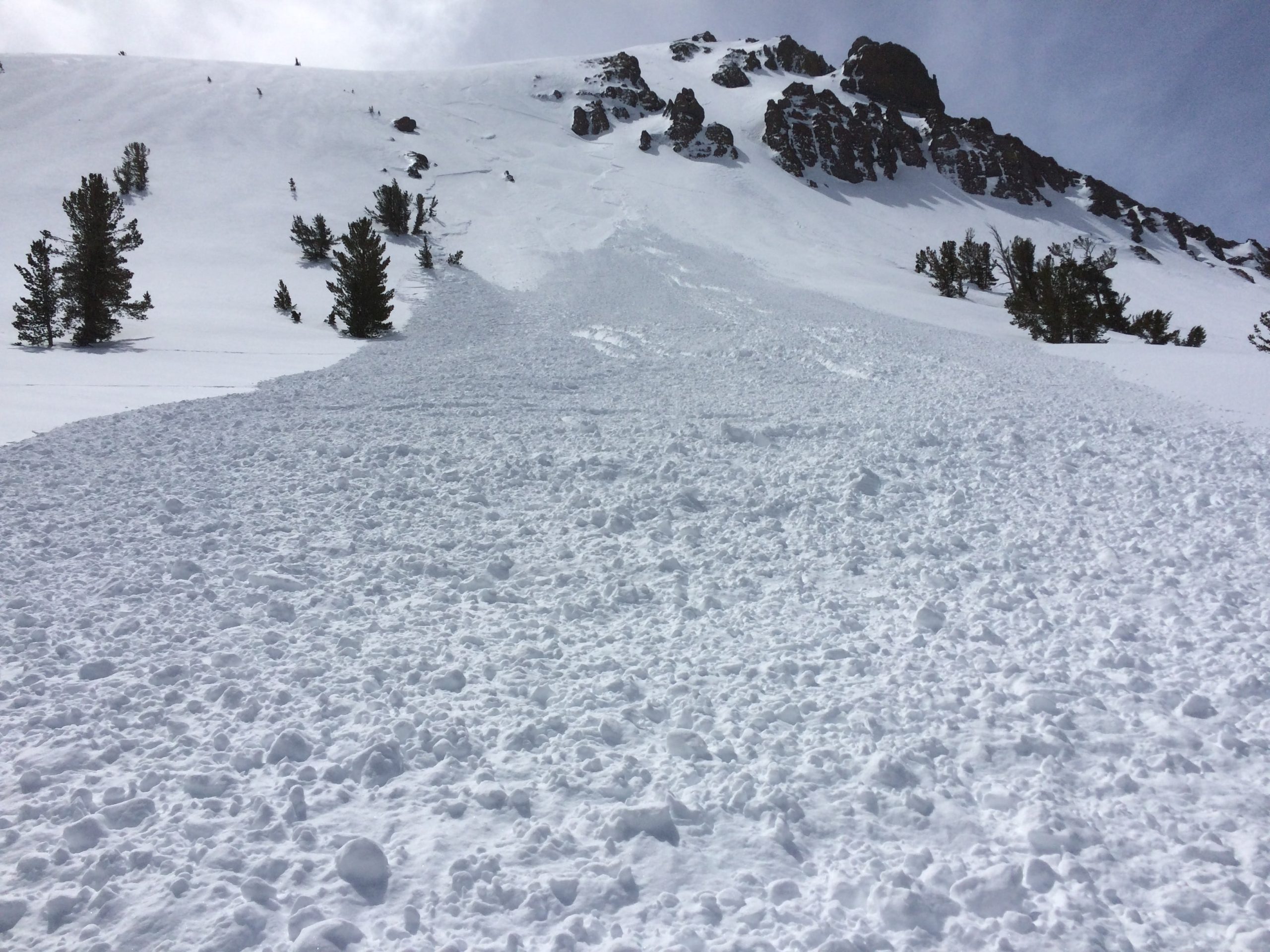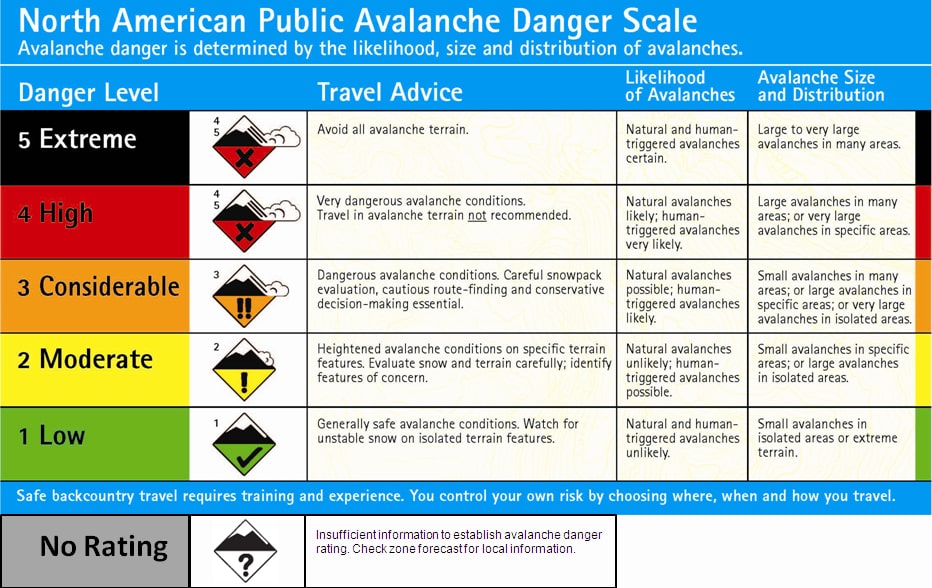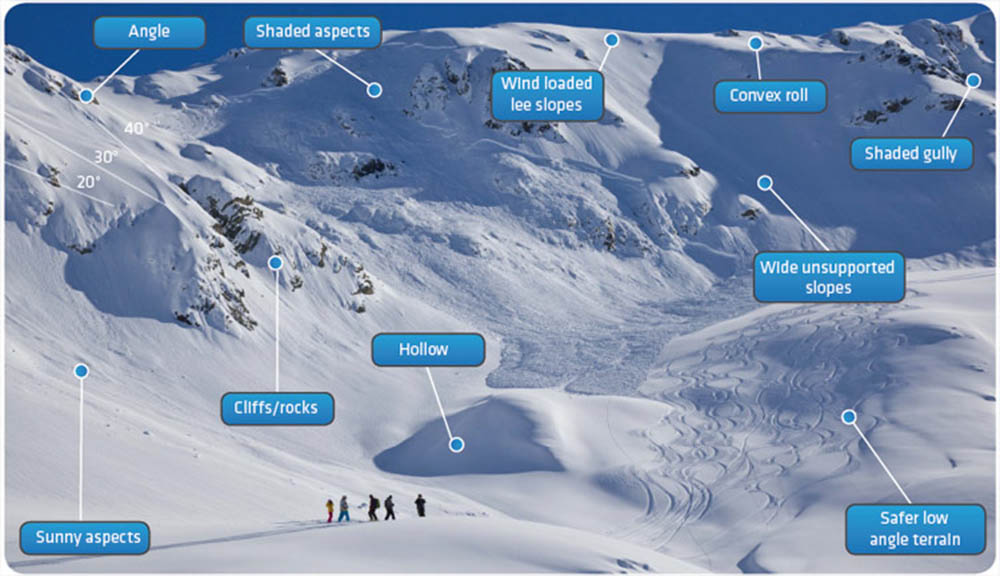
Considered by some observers as more of an art than a science, avalanche forecasting involves a unique combination of human observation, analysis, and interpretation. Perhaps even some good luck. Even the best forecasters only reach about 75% accuracy in their predictions. After all, they are human too and susceptible to bias and imperfection just like the rest of us. One of the biggest challenges in creating an accurate forecast lies in the fact that avalanche danger cannot be precisely measured and is therefore a matter of expert assessment (opinion).

That was until last season when the Swiss Institute for Snow and Avalanche Research Group (SLF), a part of the National Swiss Federal Institute for Forest, Snow, and Landscape Research successfully tested a first-of-its-kind, artificial intelligence computer program to assist in its avalanche forecasts. A world leader in the field of avalanche forecasting since it took over the duties of the Swiss Army in 1945, SLF continues to push the development of avalanche forecasting.
SLF observers begin their day before 6 each morning, running from November through April when they collect measurements relayed to them from more than 120 different remote automatic weather stations located across the Swiss Alps. Observers then analyze the data, make their interpretations, and combine their opinions into a single avalanche service warning published at 5 pm each day.
SLF researchers used this new AI model as a “second opinion” against their human forecasts. Many times, the AI model coincided, sometimes, however, the AI model varied from the human prediction. This “discrepancy” between forecasts is then thoroughly reviewed looking for reasons for the variance.

SLF’s new AI model trained on their more than two decades-worth of weather and forecast information before starting last season. SLF researchers now estimate the AI program is about 75% accurate in its model predictions. SLF forecaster Frank Techel describes the AI program by saying,
“The computer analyses the data in a different way than we do. That’s why it occasionally arrives at a slightly different conclusion. The computer forecast is very useful, especially for drawing exact boundaries between regions in which different danger levels prevail.”
This current AI model, however, has some limitations in that it was only suitable for dry-snow avalanches. For next season, SLF is planning on introducing a new AI system capable of modeling wet-snow avalanches as well as snowpack stability.
Even with these amazing advances in AI-driven avalanche forecasting, SLF still believes in the value of human observation. SLF senior forecaster Gian Darms comments,
“Humans not only observe but also interpret data. For example, an observer can see if snow cracks are appearing… we can anticipate things. The local dimension of assessing avalanche danger is a synthesis of information. This is something a machine simply cannot do.”
And I think that is probably some great advice when it comes to your own assessment. Nothing should override your direct observation when it comes to signs of instability in the snowpack.
For those interested in learning more about avalanche safety, or who want to access your local forecast(s) here’s a list of all the U.S. Avalanche Centers (credit: avalanche.org). Stay safe and enjoy!
U.S Forest Service Avalanche Centers
Bridgeport Avalanche Center
Box 1000
Bridgeport, CA 93517
Bridger-Teton Avalanche Center
PO Box 424
Teton Village, WY 83025
Chugach NF Avalanche Center
P.O. Box 129
Girdwood, AK 99587
Flathead Avalanche Center
10 Hungry Horse Drive
Hungry Horse, MT 59919
Gallatin National Forest Avalanche Center
PO Box 130
Bozeman, MT 59771
Idaho Panhandle Avalanche Center
PO Box 405
Ponderay, ID 83852
National Avalanche Center
P.O. Box 130
Bozeman, MT 59771
Northwest Avalanche Center
7600 Sand Point Way NE
Seattle, WA 98115
Mt Shasta Avalanche Center
204 West Alma Street
Mount Shasta, CA 96067
Mt Washington Avalanche Center
300 Glen Road
Gorham, NH 03581
Payette Avalanche Center
PO Box 2177
McCall, ID 83638
Sawtooth Avalanche Center
206 Sun Valley Road
Sun Valley, ID 83353
Sierra Avalanche Center
10811 Stockrest Springs Rd
Truckee, CA 96161
Utah Avalanche Center
2242 West North Temple
Salt Lake City, UT 84116
West Central Montana Avalanche Center
PO Box 72
Missoula, MT 59806
State Avalanche Centers
Colorado Avalanche Information Center
325 Broadway WS1
Boulder, CO 80305
Local Nonprofit Centers
Alaska Avalanche Information Center
Central Oregon Avalanche Center
2701 NW Scandia Loop
Bend, Oregon 97701
Crested Butte Avalanche Center
PO Box 2351
Crested Butte, CO 81224
Eastern Sierra Avalanche Center
PO Box 1675
Mammoth Lakes, CA 93546
Hatcher Pass Avalanche Center
5629 Byrwood Circle
Palmer, AK 99645
Kachina Peaks Avalanche Center
PO Box 174
Flagstaff, AZ 86002-0174
Wallowa Avalanche Center
P.O. Box 324
Joseph, Oregon 97846
3 thoughts on “Is Artificial Intelligence The Future of Avalanche Forecasting?”